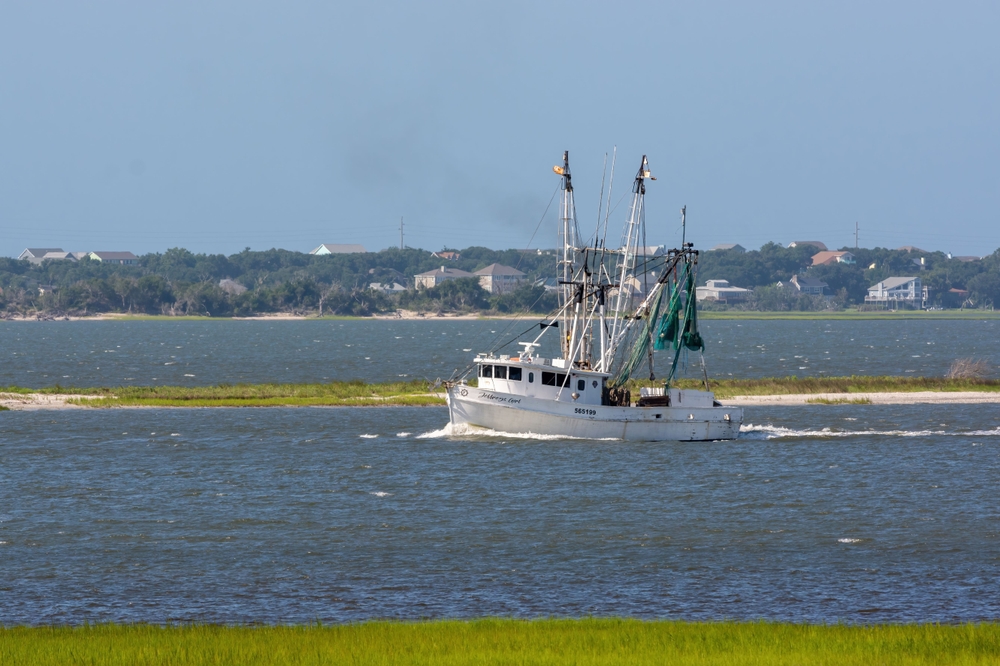On September 8, 2023, the EPA published a proposed consent decree to finalize nationwide standards that will protect U.S. waterways from harmful vessel discharges. Under the agreement, the agency must release final regulations on ballast water discharges by September 24, 2024.
The proposed consent decree is to settle Center for Biological Diversity et al. v. Regan et al. The complaint alleges the EPA failed to perform its nondiscretionary duty to promulgate national standards of performance for discharges incidental to the normal operation of large commercial vessels (and ballast water from certain other types of vessels) pursuant to the Clean Water Act (CWA) as amended by the Vessel Incidental Discharge Act of 2018 (VIDA).
The EPA historically exempted ballast water from regulations because the U.S. Coast Guard (USCG) took the lead on these types of regulations. In 2001, the USCG issued national ballast water regulations through authority given under the National Invasive Species Act of 1996.
On December 4, 2018, then-President Donald Trump signed VIDA into law.
VIDA applies to:
- Commercial vessels greater than 79 feet (ft) in length;
- Other nonrecreational, non-armed forces vessels, such as research and emergency rescue vessels; and
- Ballast water only from small vessels (vessels less than 79 ft in length) and fishing vessels of all sizes.
VIDA amended CWA Section 312 by adding the new subsection (p), titled “Uniform National Standards for Discharges Incidental to Normal Operation of Vessels.” Subsection (p) requires the EPA and the USCG to develop new regulations for incidental discharges from regulated vessels into waters of the United States (WOTUS) and waters of the contiguous zone. VIDA also includes other related amendments to the Act for enforcement authority, the creation of a coastal aquatic invasive species mitigation grant program and mitigation fund, and a Great Lakes and Lake Champlain Invasive Species Program.
These requirements apply to WOTUS extending 12 miles from shore.
Ballast water “can carry harmful invasive organisms as well as human and animal pathogens, which have damaged ecosystems, destroyed fisheries, resulted in massive economic costs and sickened and killed people,” according to The Hill. “The health risks from these discharges are greatest in communities with substandard water or wastewater treatment services; these tend to be poor communities, whose residents are often predominantly people of color.”
“The new standards will end the EPA’s track record of ignoring vessel pollution. Courts have rejected the EPA’s inadequate vessel discharge standards in the past, and Congress required the agency to establish new vessel discharge standards, including standards to control ballast water pollution, by [December] 4, 2020,” according to a Center for Biological Diversity press release. “Under the Biden administration, the EPA repeatedly postponed the release of its final standards. In fall 2020 the agency projected that the final standards would be published in March 2021, but then said it would take nearly the entire four years of Biden’s first term.”
Comments will be accepted on the proposed consent decree until October 10, 2023, on the Federal eRulemaking platform under Docket #: EPA–HQ–OGC–2023–0453.

